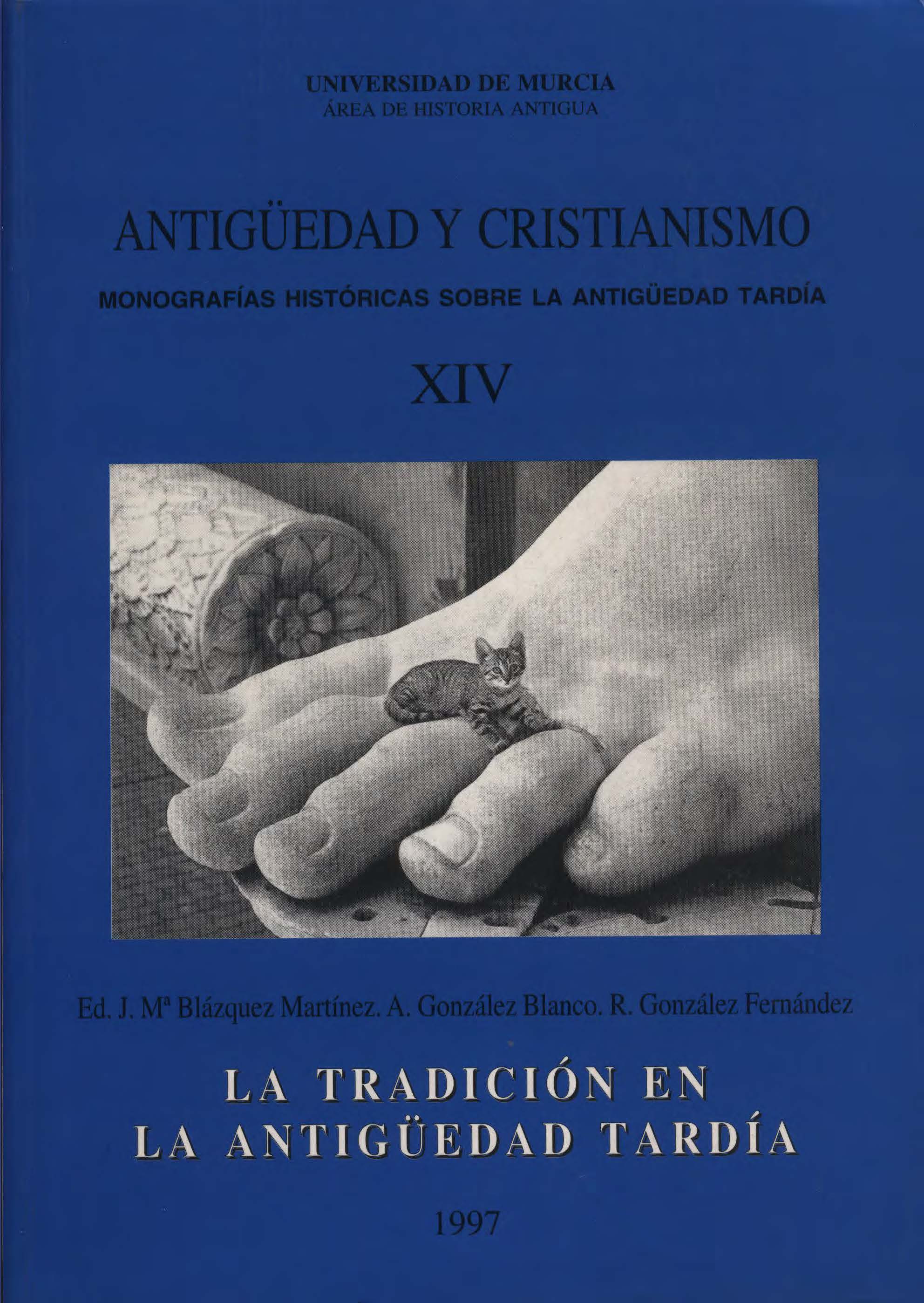TRADITION AND CONTINUITY IN THE SIERRA DE LA DEMANDA: THE CHURCH OF VILLAVELAYO
Abstract
The actual Villavelayo Church is a typical romanic building. A more attentive study is able to see different features that claims for acceptation of a former phase in the history of the monument. These traits are mainly three: The old northern and southern walls of the Church finish something westerly of the sacristy door, that indicates another configuration of the apse zone in a former phase of the church history; the excised and decorated stones that surely are indications of decoration of the former absidial walls; and the outside paraments of the S. and West walls of the church that we consider signal for visigothic time in the first historical period of the monument. This hypothesis has been confirmed by the appearance, outside the apse of a wall that necessary must be the end of the primitive apse in the visigothic church, and we can imaginate this something like that one of the Quintanilla de las Viñas or perhaps that one of the Santa Lucía del Trampal in Alcuéscar, Cáceres. The exacte knowledge could be defined by a simple excavation of the outside of the Church along this wall. The Villavelayo Church is a very significative monument in the Calahorra diocese.
Downloads
-
Abstract899
-
PDF (Español (España))114
References
ÁLVAREZ-COCA GONZÁLEZ, M.J.: Escultura románica en piedra en la Rioja Alta, Logroño, 1978.
ANDRÉS ORDAX, S.: «La basílica hispanovisigoda de Alcnéscar (Cáceres)~, Norba 2, 1981,7-22
CABALLERO ZOREDA, L. y ROSCO MADRUGA, J.: «Iglesia visigoda de Santa Lucía del Trampal, Alcués- car (Cáceres), primera campaña de trabajos arqueológicos», Extremadura Arqueológica 1, 1988,231-249
CABALLERO ZOREDA, L. y SÁNCHEZ SANTOS, J.C.: «Reutilizaciones de material romano en edificios de culto cristiano», Congreso sobre Cristianismo y aculturación en tiempos del Imperio Romano, Antigüedad y Cristianismo VII, 1990, pp. 431-485.
CABALLERO ZOREDA, L. y VELÁZQUEZ SORIANO, l.: «Un grafito en el cimborrio central de la iglesia visigoda de Santa Lucía del Trampal, Alcuéscar (Cáceres)», Archivo Español de Arqueología, 62, 1989,262-271
CABALLERO ZOREDA, L.: «Arquitectura de culto cristiano y época visigoda en la Península Ibérica», XXXIVCorso di Cultura sull'Arte Ravennate e Bizantina, Ravenna 1987,31-84
CABALLERO ZOREDA, L.: «Hacia una propuesta tipológica de los elementos de la arquitectura de culto cristiano de época visigoda (Nuevas iglesias de El Gatillo y el Trampal), Arqueología Medieval Española, II Congreso, Madrid 1987, vol. 1, 62-98
CABALLERO ZOREDA, L.: «La Antigüedad tardía: Artes plásticas y urbanismo», Historia General de España y América, Madrid, Ed. Rialp, vol. 11, 1897,589-624
CABALLERO ZOREDA, L.: L' Architecture sacré. Dossiers d'Histoire et Archeologie, 108, 1988, 41-55
DE LAS HERAS NÚÑEz, M.A.: Estructuras arquitectónicas riojanas, s. XI-XII, Logroño, 1986
DE PALOL, P. y RIPOLL, G.: Los godos en el Occidente europeo, Madrid, Ediciones Encuentro, 1988
GAYA NUÑO, J.A.: «El románico en la provincia de Logroño~, BSEE, 46, 1942, pp. 81-97 y 235-258, y «Artistas y artesanos del románico español», Goya, 130, 1976, pp. 214-219
LÓPEZ DOMECH, R.: «Las «familias» de iglesias románicas en tomo al Camino de Santiago», Letras de Deusto, no 39, vol. 17, 1987, pp. 173-180, Universidad de Deusto, Bilbao.
ROSCO MIRANDA, J. y TÉLLEZ JIMÉNEZ, L.Ma: Historia 16, 1982, p. 77
TÉLLEZ JIMÉNEZ, L.Ma; ROSCO MADRUGA, J. y RIO-MIRANDA ALCÓN, J.: «Descubierta en Alcuéscar una basílica visigoda», Boletín informativo Grupo Cultural de Valdeobispo 5,1981,5-19
TÉLLEZ JIMÉNEZ, L.Ma; ROSCO MADRUGA, J. y RIO-MIRANDA-ALCON, J.: «Basílica hispano-visigoda en Alcuéscar (Cáceres)», Boletin informativo Grupo Cultural de Valdeobispo 8, 1982, 7-36
1. The authors non-exclusively assign the exploitation rights (reproduction, distribution, communication and transformation) to the magazine.
2. The works published in this magazine are subject to the Attribution-ShareAlike 4.0 International license (CC By SA 4.0). Therefore, they can be copied, used, disseminated, transmitted and publicly displayed, provided that:
i) the authorship and the original source of its publication (journal, editorial and URL of the work) are cited, thus allowing its recognition.
ii) it is allowed to remix, transform or create from the material while maintaining the same license as the original.
Note: Articles prior to 2022 incorrectly display the CC by SA license in the abstract page. They are under a CC by NC ND license as embedded in the article pdfs. Articles published in 2022 and after are under the CC by SA license.

3. Self-archiving conditions. Authors are allowed and encouraged to electronically disseminate the pre-print (version before being evaluated) and/or post-print (version evaluated and accepted for publication) versions of their works before publication, as it favors their publication. Earlier circulation and diffusion and with it a possible increase in its citation and reach among the academic community. Color RoMEO: verde.
























